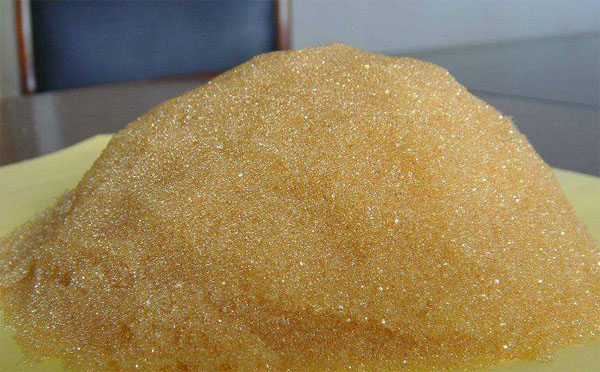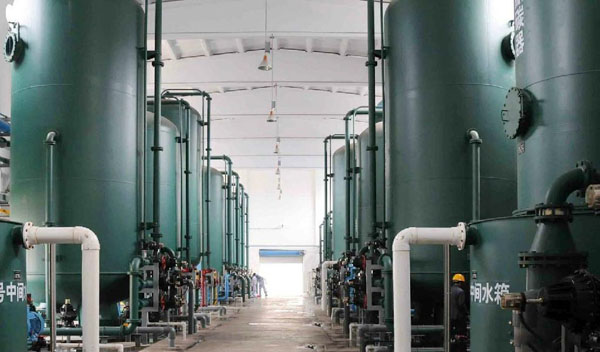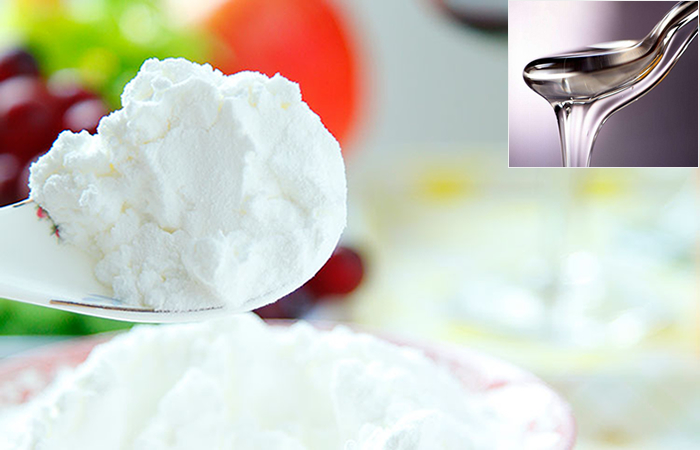Ion exchange resin usage and regeneration
2019-01-15 / ProcessingIon exchange resin equiped in ion exchange column, its necessary for the ion exchange process. The ion exchange resin can be used in industrial devices such as starch sugar, monosodium glutamate, wine refining, and biological products. For example, high fructose syrup is produced by extracting starch from corn, and then hydrolyzing the starch to produce glucose and fructose, and then ion exchange treatment to produce high fructose syrup. The consumption of ion exchange resins in the food industry is second only to water treatment.
 Ion exchange resin
Ion exchange resin
The ion exchange system is a traditional water treatment process for replacing various anions and cations in water by an anion and cation exchange resin. The anion and cation exchange resins can be combined individually or in different proportions to form an ion exchange male bed system, and ion exchange. The bed system and the ion exchange mixed bed system, and the mixed bed system is usually used in the end process of producing ultrapure water and high purity water after the reverse osmosis and other water treatment processes, and it is an irreplaceable substitute for the preparation of edible starch syrup. One of the means.
 Ion exchange resin column
Ion exchange resin column
The performance of the ion exchange resin for ion exchange reaction is expressed in its "ion exchange capacity", that is, the number of milliequivalents of ions that can be exchanged per gram of dry resin or per milliliter of wet resin, meq/g (dry) or meq/mL (wet); when the ion is a monovalent, the milliequivalent number is the number of milligrams of molecules (for divalent or multivalent ions, the former is the latter multiplied by the ion valence). It also has three representations of “total exchange capacity”, “work exchange capacity” and “regeneration exchange capacity”.
System pretreatment / resin regeneration:
Rinse the resin with clean water first, then alternately soak it in the exchange column with 4~5% HCl and NaOH for 2~4 hours, rinse with plenty of water between acid and alkali until the water is near neutral, so repeat 2~ 3 times, the amount of acid and alkali is 2 times the volume of the resin. The last treatment is carried out by applying 4~5% HCl solution, draining the acid solution, and rinsing the resin with water to neutral to be used.





